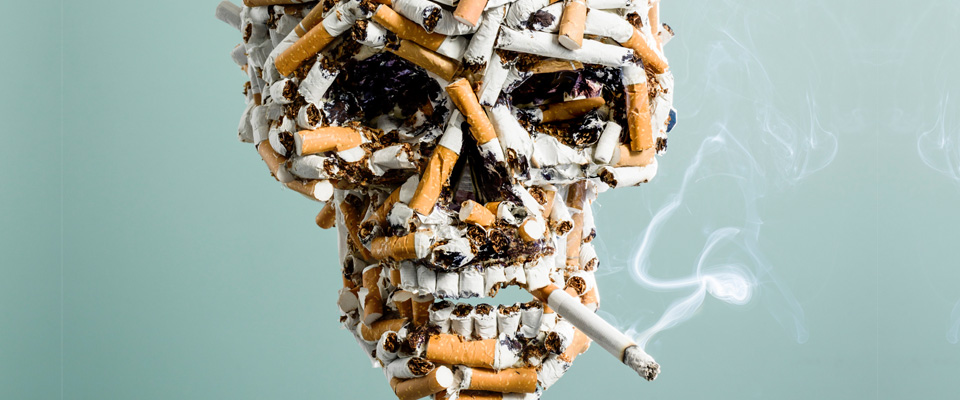Sometimes regulations can go wrong and recently regulations introduced by the European Union relating to vaping and the use of E-Cigarettes could be considered as one of those regulations that went wrong. In fact, one could say the regulations concerning vaping are actually the cause of the problems.
It is widely accepted that Vaping is a healthier alternative to smoking tobacco and therefore considered by many a safer way for ex-smokers to get their nicotine fix without all the toxins found in tobacco. Vaping devices, which do not contain any tobacco but instead deliver nicotine via liquid heated vapour, have been the focus of much research and all the while the evidence making the case in favour of e-cigarettes has grown from strength to strength.
So it may surprise you to know that vaping devices are being included in a “tobacco products” directive. This is laughable to some considering vaping devices contain no tobacco. Imagine the absurdity of classing sugar or junk foods in the same class as Cocaine, well, they both produce dopamine in brain, so why not, if we’re in the business of being ridiculous.
Something fishy going on
You’d be forgiven for thinking these regulations may just have a more sinister purpose. Keep in mind that the evidence indicating vaping is effective in helping smokers is now overwhelming. There are now over 3 million vapers in the UK, almost all of whom are, as a result of vaping, smoking less or no tobacco at all. Heavy smokers understandably require stronger nicotine flavours when they move over to vaping. The vaping industry accommodates for this demographic by providing them with high strength nicotine flavours which include all flavours with a 20 milligram nicotine content per millilitre or higher. However the new regulations will prohibit the sales of these very devices and liquids. This targets those who are in the most need of quitting smoking and with the worse health. In effect, this toxic directive prohibits helping those who need helping the most, it not only fails to help them but worsens their risk of an early death.
This isn’t the only regulation. All vaping devices must be leak free. Although devices are already pretty much leak free, the regulations insists that no leakage can occur during the refilling of a vaping device. It’s impossible for the manufacturers of vaping devices to control this and will therefore destroy over 90% of the industry. Furthermore, innovation and progress will be further stifled by the ban of advertisements of e-cigarettes and vaping devices.
But we haven’t yet discussed the most shocking and blatantly biased directive of them all. From next year e-cig manufacturers will have to measure and list all ingredients contained in and produced by products by brand and type, including toxological information. Why is this so shocking? The same level of scrutiny is not applied to tobacco manufacturers who are generously only required to submit tests for a handful of chemicals even though each cigarette contains a brutal mix of over 4,000 chemicals, mostly toxic, but these do not need to be listed. Let us not forget the vaping is considered much safer than tobacco yet in this curious directive the authors of the law are succeeding at giving the impression they are intent on preserving the tobacco industry by taking the wind from the sails of the vaping industry. The directive could quite be easily perceived as designed to protect the financial interests of tobacco makers rather than the health of the consumers trying to move away from tobacco.
As more and more biased regulations are propagated throughout European member nations and across all industries, the concerns and objections against such regulations are becoming more and more vocal.
A failure to save lives
The take up of vaping will eventually slow down after the introduction of the new regulations, inevitably the number of early deaths will rise. An industry which should be encouraged and innovation furthered, the EU directives instead aim to stifle them with little concern to the number of early deaths that could be prevented.
